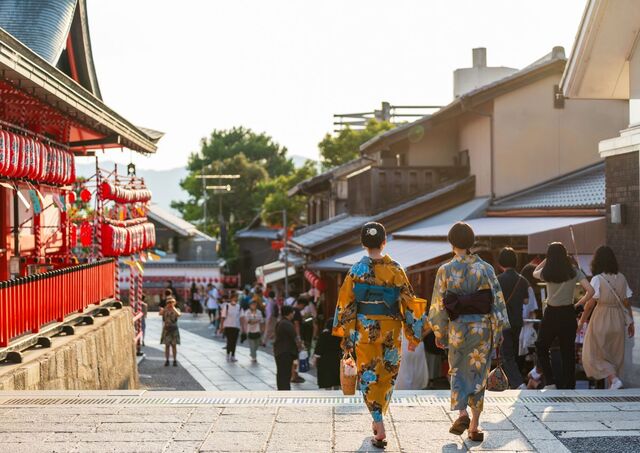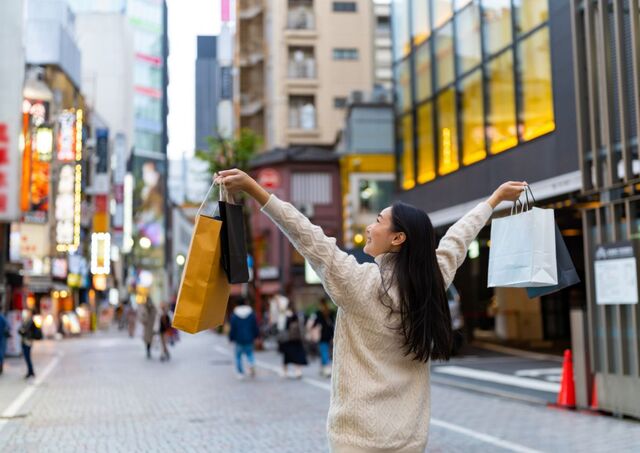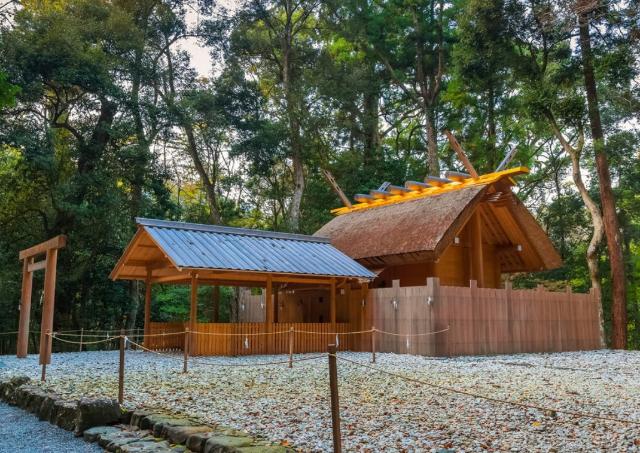The Ryokan Etiquette: How to Enjoy Traditional Japanese Inns
Here at Japanspecialist, we have some experience with tourism in Japan, and we can guess what’s on most of your bucket lists: experiencing a ryokan, the Japanese term for traditional hotel or inn. The experience can seem pretty daunting at first look but fear no more; we’ve got your back!
The world is in awe when seeing how clean, organized and calm Japanese society is on many fronts, including tourism. But to keep that order in place, everyone has to play their part, including you! Ryokan is no exception to this, especially since it’s considered a relaxing experience at its best. Read on to learn our five essential rules to follow when spending the night in a Japanese traditional inn – and fully enjoy the experience.
1. Be on Time
Punctuality is a quality, and even more in Japan: it’s a way of life. You’re expected to arrive at your ryokan before dinner time – usually around 6 pm – and check-in starts around 3 pm. As we said, a stay in a ryokan is designed as a full experience starting at the check-in, and if you want to enjoy it to its best, you will need to be there early in the afternoon. Ryokans are often located near tourist spots or, on the contrary, in remote locations. Arriving early and asking the ryokan to keep your luggage until check-in is another option to explore the surroundings before enjoying your stay. We’ve never faced any denial of this request, so you might try it out as well! This punctuality will be expected throughout your stay. Meals booked, private baths, check-out: always keep an eye on the time so you can show as much respect as you’re being shown in the hotel.
2. No Shoes on the Tatami, Ever
If you love tatami as much as we do, don’t walk on it with your shoes! Any tatami flooring indicates that you have to take off your shoes – or that you should have before.
In very old ryokans, you will find what we call a genkan which is the entrance of the inn. The raised floor means that you are leaving the “outside world” to enter the actual building, and you will have to wear slippers or socks from now on (when going to Japan, always check that you have paired socks with no holes inside them!). Note that you should only wear socks on a tatami, never slippers. If you were provided slippers at the entrance of the ryokan, there is a high chance that you will have a genkan at the entrance of your room, meaning that you have to take off your slippers before entering your room and walking on the tatami.
If your shoes or slippers should not spoil the tatami, you should not spoil your socks by walking on the lower part of the genkan as well. To put it simply: there is a world for your shoes and one for your socks – and they don’t mix. Another handy tip is to make your shoes face the entrance after taking them off. It is considered highly polite to do so, and even though this is not mandatory, it will be appreciated. If you forget, don’t be surprised: a member of the staff will most likely put them away in dedicated racks or make them face the outside for you.
3. Good News, Your Yukata Is Allowed Everywhere inside the Ryokan
To complete the relaxing experience that is a ryokan stay, you’re provided with a yukata – summer-style kimono. This piece of garment can be worn anywhere in the hotel, including at dinner or breakfast – may they be served inside your room or in a dining hall – or as a pyjama. We also have to point out that the yukata is not yours to take home; it is only meant for you to wear inside the ryokan while you wander or even for a night stroll in some cities such as Ginzan Onsen or Kinosaki Onsen (and it is an experience we recommend you to have!).
Be careful about how you wear them, though and don’t hesitate to check some video tutorials out there! There are rules on how to wear a yukata, especially as putting one side on the other is for the deceased. For you, the left side (side of the heart if you need some memory tool) should be on top of the right side. The belt should be tied on the waist for women, and the hips for men, and the yukata’s sides should be tied tightly, not loosely.
4. Don’t Skip the Shower before Dipping in the Bath
We already talked about onsen on this blog, and more especially about sento. Rules applied in sentos are almost the same in an onsen and one of the most important ones is: to clean yourself before entering the baths.
Another important rule to follow is to bathe fully naked – if you have trouble with this one, you can always pick a ryokan with a private bath in your room or that you can book for yourself and maybe your family or so. Don’t hesitate to contact us to create the perfect ryokan experience for you, most ryokan don’t have English-speaking staff, and it can be troublesome to check if everything is at your convenience. Not only can we book the best ryokan for you, but we can also make sure that you won’t have any troubles on-site.
There is no precise schedule to take a bath – some ryokan will keep their bath open almost 24/24, and some will close them during the night. Either way, it will be explained to you as soon as you check in. Our recommendation for an “almost alone every time” bath is just before check-out – as long as you make it on time! Baths are usually busy before dinner or around breakfast.
5. And Don’t Skip the Meals!
Breakfast and dinner are part of the experience. If most ryokans now leave the option to book a night without them, traditional lodgings will offer the night, breakfast, and dinner altogether. What you’re looking for when searching for the most exquisite experience is Ryokan offering kaiseki meals – delicate and seasonal courses. They’re quite long, long as in plentiful – make sure to be hungry!
That also explains why you should come in early to check in, not later than 5.30 pm, so that the staff can organize everything for you and to have enough time to finish it. Meals will be served on time so that you can enjoy them as soon as you reach your table, so if you’re late, your food might wait for you too – lose taste and get cold. This would be considered highly unpolite, be careful.
A last piece of advice would be to carry some cash with you if you did not pay in advance – Japan is a paper-based country, and old institutions such as ryokan will not always accept credit cards. So just in case, or if you can’t verify on the Ryokan website (if they do have one), prepare the amount needed to pay for your night and maybe a little bonus if you wish to add some local sake or snacks to enjoy inside your room. Now you’re ready to be the best guest ever in a ryokan, and we are ready to find the best ryokan ever for you!




